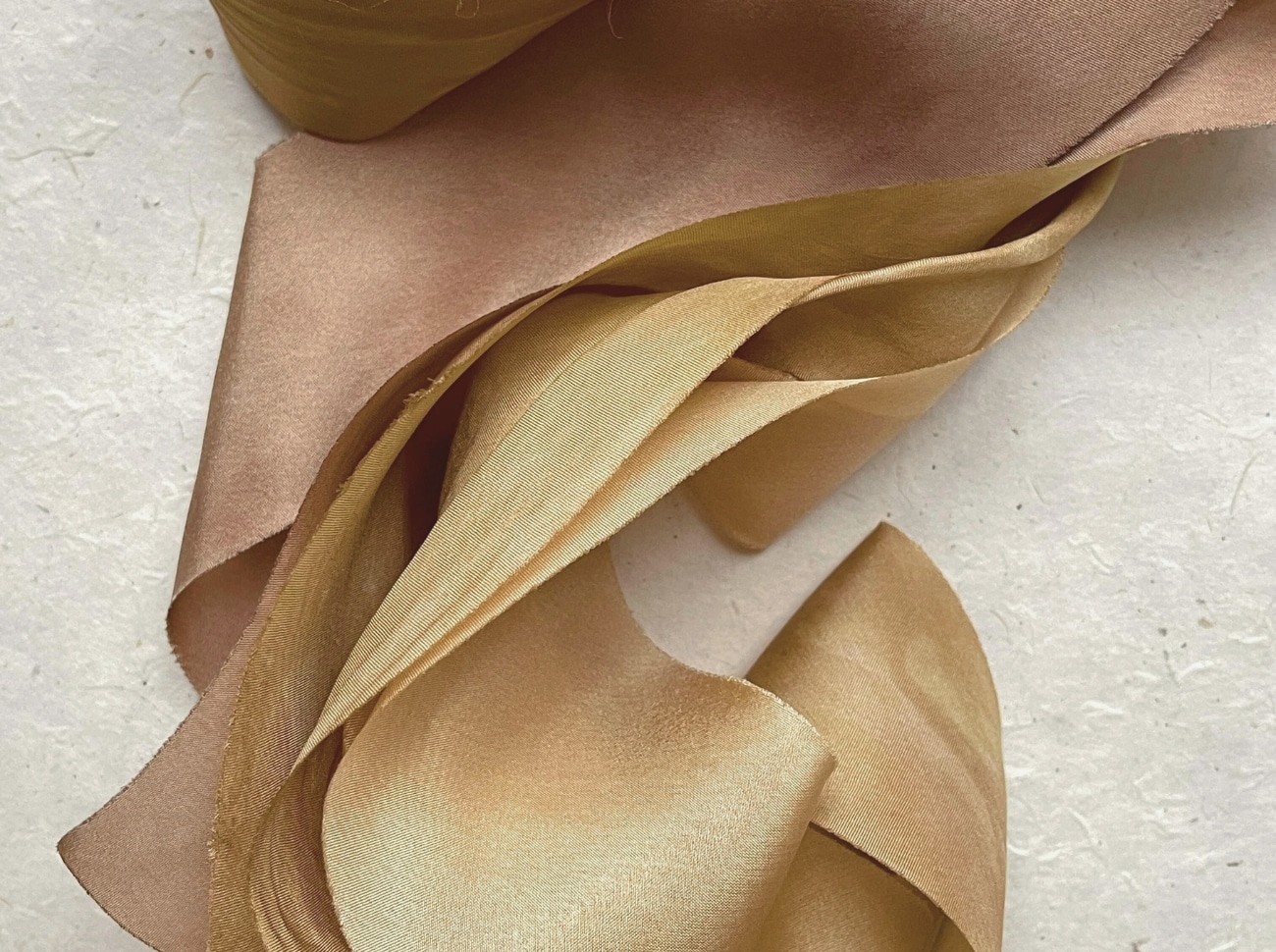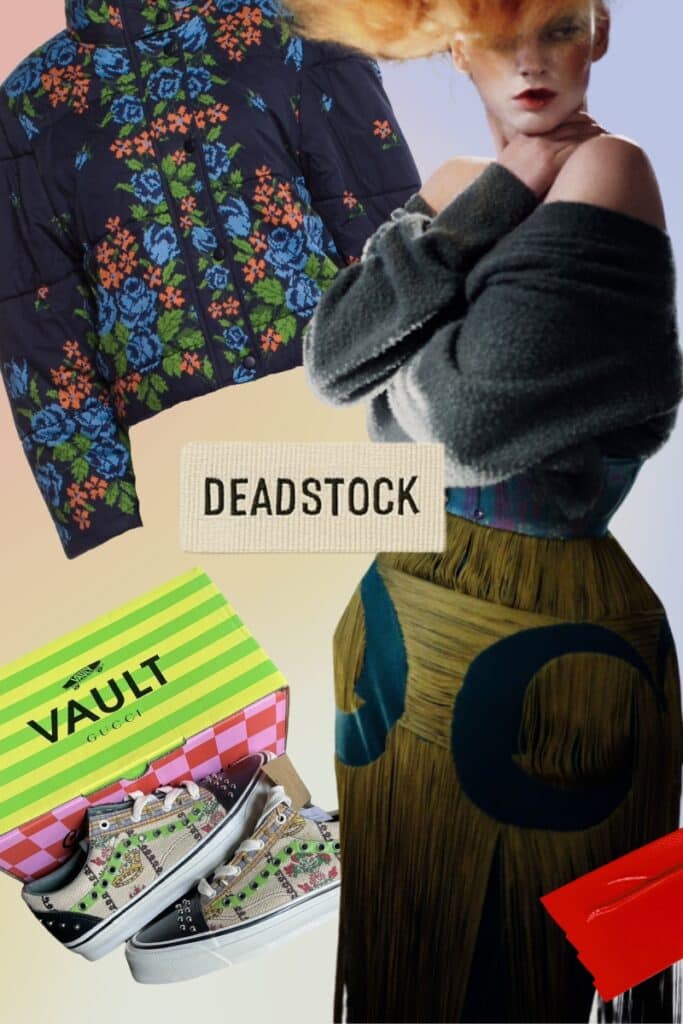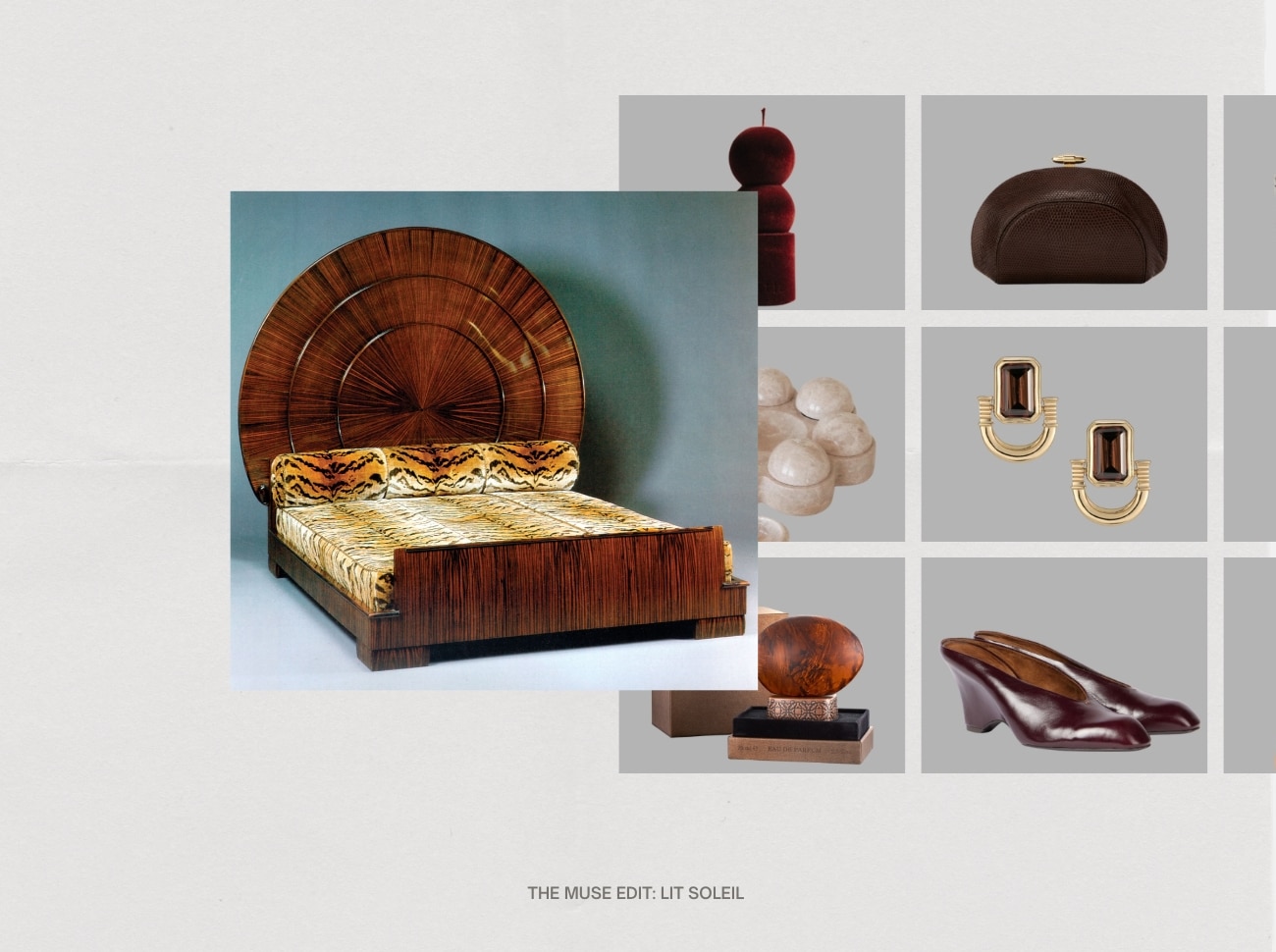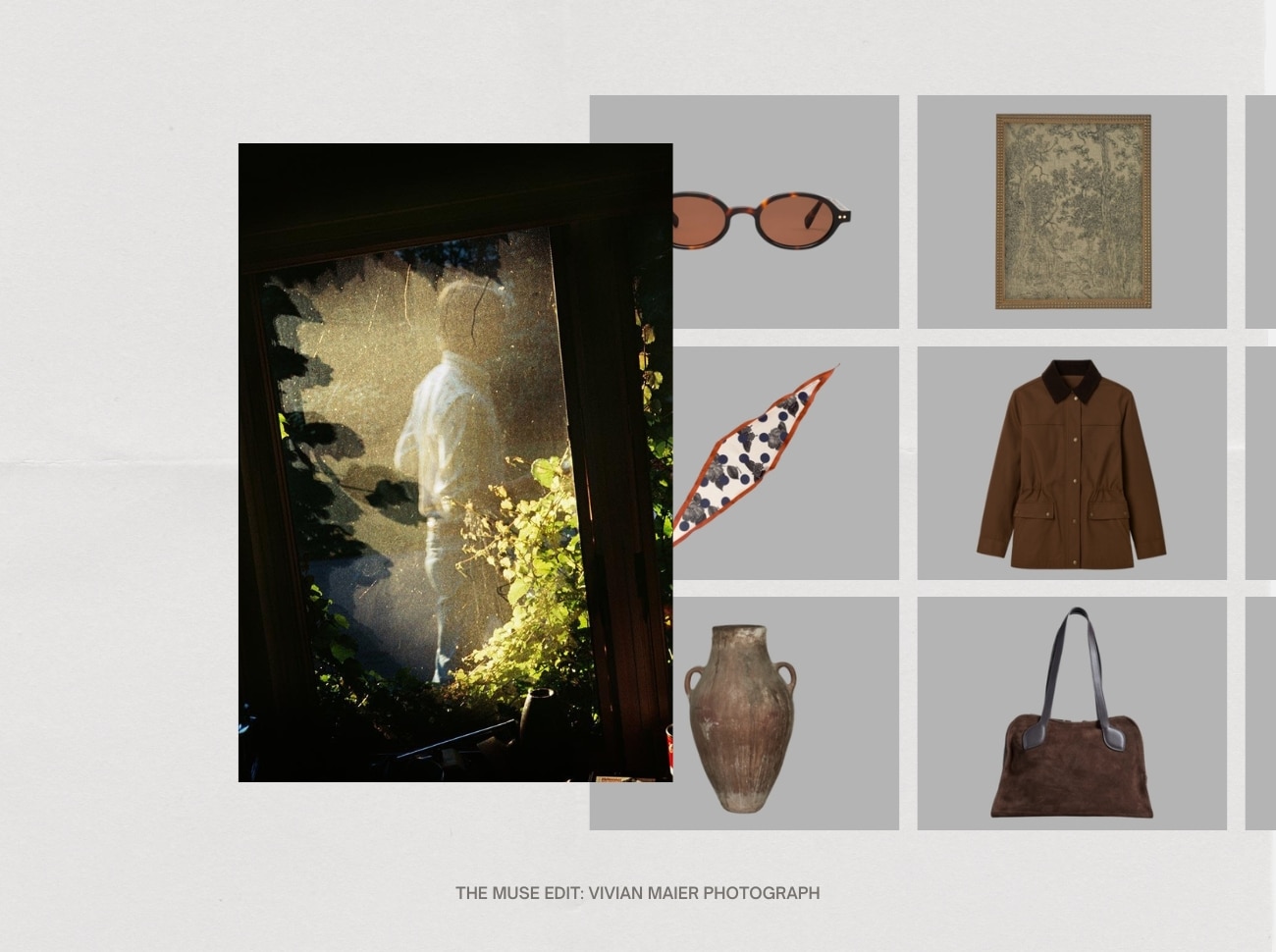
Meet the Designers Turning Deadstock Fabrics into Coveted Couture
These innovative brands are turning forgotten fabrics into collector-status limited drops.
A pattern-maker in a hushed Paris atelier unrolls a bolt of navy twill stamped “Lanificio di Tollegno — A/W 1997.” Thirty years ago, the fabric was destined for a runway suit. Today, it’s a relic with a ready-made back-story. In 2025’s luxury landscape, designers are treating surplus cloth and deadstock fabric not as scrap but as heritage, weaving fragments of fashion history into limited-edition pieces that feel simultaneously archival and avant-garde. So why is everyone talking about “deadstock” on luxury labels’ swing tags? Because it ticks every modern wish list: sustainability, authenticity, and exclusivity. Think of deadstock as fashion’s time capsule. That ’90s Italian silk sitting in a warehouse has finally found its moment, just when shoppers crave garments with both character and conscience. Instead of ordering fresh fabric, designers are diving into their archives—saving energy, dodging future waste fees, and gifting you a built-in story to tell at dinner.
Add in new looming EU regulations (think digital passports that reveal a cloth’s full life story) and suddenly repurposing old stock is the chicest form of compliance. Bonus points for rarity: most of these forgotten fabrics only stretch to a handful of pieces, turning every purchase into a near one-of-a-kind find.
The Allure of Lineage
For a generation of shoppers fluent in resale and provenance, “newness” is no longer the ultimate flex: it’s authenticity. Gucci’s Continuum Program turns unused house fabrics and hardware over to independent labels from Collina Strada to Vans who splice them into micro-drops sold on the brand’s Vault site, each swing tag detailing collection year and material origin. Pieces routinely vanish within minutes with their value anchored in narrative.
New-York designer Gabriela Hearst has made a 30 percent deadstock rule her studio mantra, arguing that “memory in material” is the ultimate expression of luxury restraint. The result is garments that carry an emotional charge: silk left over from a 2000s couture house takes on new life as a robe coat while surplus cashmere is recut into languid bias dresses.
“Memory in material is the ultimate expression of luxury restraint.”
Luxury Brands Embracing Deadstock Fabric
Inside an industrial warehouse on Milan’s outskirts, Vault archivists catalogue decades-old jacquards, horse-bit hardware and leather scraps before dispatching them to rising labels. The resulting mash-ups like a Vans sneaker panelled in ’90s GG canvas or a Rave Review coat lined with dormant floral silk sell out on drop day and trade at a premium on the secondary market further proof that circularity can stoke hype as effectively as any new designer bag.
Gabriela Hearst — Emotional Minimalism
Hearst’s design process begins with a spreadsheet of leftover yardage logged by color, fiber and yard length. Instead of forcing new fabric into the mix, the team sketches garments “to the bolt,” letting the cloth’s constraints dictate silhouette. The designer estimates the practice has cut virgin-fabric use by nearly one-third since 2020 while giving each collection a subtle patina of history.
Maison Margiela Artisanal — Haute Upcycling
John Galliano’s 2024 Artisanal show scavenged antique brocades, theatre-costume remnants and flea-market lace, then re-spliced them into sinuous corseted gowns. Every look arrived with a dossier noting era and provenance, elevating “make-do-and-mend” to couture ritual.
Kering’s Material Innovation Lab — Corporate Archaeology
Deep in a Milan suburb, Kering’s Material Innovation Lab (MIL) houses 3,800 catalogued samples of surplus luxury fabric, bar-coded for designers at Bottega, Saint Laurent and Balenciaga. By setting a target of 100 percent traceability on key raw materials by 2025, the group turns deadstock mining into both an ESG metric and a creative springboard.

Deadstock Limited Editions
Because deadstock comes in odd-lot rolls, runs are naturally capped—sometimes under 100 units—creating rarity you can’t fake. On resale platform Grailed, Margiela’s deadstock Artisanal jackets fetch 40 percent more than comparable new-fabric couture, suggesting that provenance is already priced into the luxury secondary market.
The Rise of The Digital Passport
Behind the romance sits hard tech. A new wave of QR-enabled “product passports” allows clients (and regulators) to scan a care label and see the mill, year and verified carbon savings of every metre. Marketplaces such as Queen of Raw and Recovo supply surplus rolls with downloadable impact certificates, letting even small ateliers plug provenance straight into their e-commerce copy.
Brussels is accelerating the shift: the EU’s Ecodesign for Sustainable Products Regulation will require digital passports for all textiles by 2030, effectively making traceability a licence to sell in Europe. Brands that master the tech early can turn compliance into storytelling gold.
Deadstock has graduated from romantic workaround to strategic asset. By treating surplus cloth as archive—annotated, authenticated and digitally scannable—luxury houses are proving that the past can bankroll the future. The next status piece won’t merely flash a logo; it will carry a history lesson stitched into every seam.





